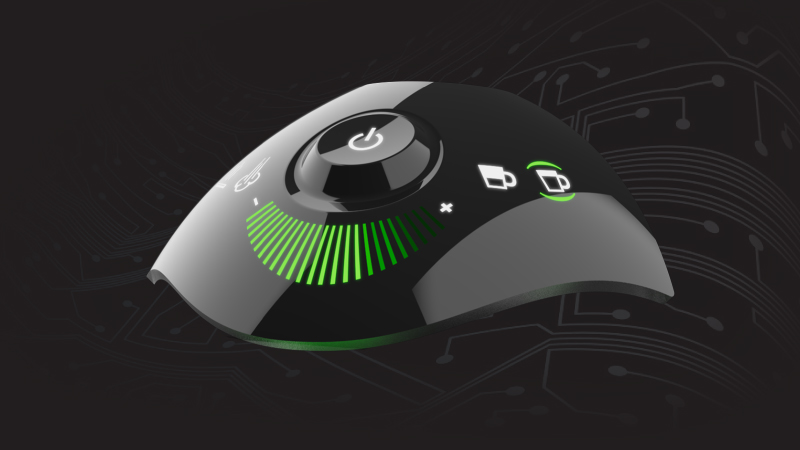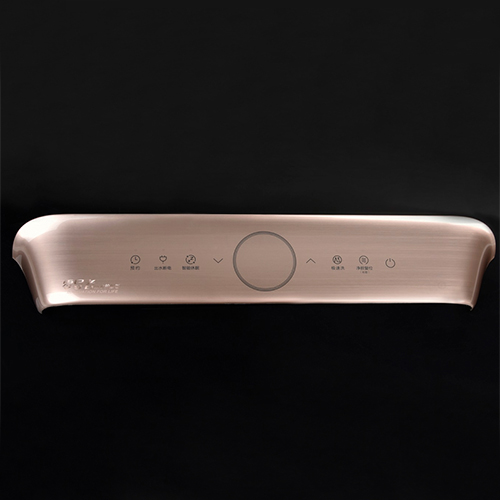In-Mold Decorations: Revolutionizing Production Standards
In-Mold Decorations: Revolutionizing Production Standards
Blog Article
In-Mold Decorations: Elevating Products With Precision and Appearances
In the realm of item design, the marriage of accuracy and aesthetics holds a critical setting in recording consumer focus and commitment. In-Mold Decorations (IMD) have actually arised as an innovative technique that not just raises the visual appeal of products however additionally makes certain a thorough assimilation of design elements. The combination of technology and artistry in IMD opens a realm of possibilities for makers seeking to separate their offerings in an affordable market landscape (In-Mold Decorations). As we check out the realm of IMD, a globe where precision fulfills creativity, a much deeper understanding of the transformative influence on products awaits.
Benefits of In-Mold Decorations
This innovative method involves putting a pre-printed movie or tag right into the mold and mildew prior to injecting the molten plastic, resulting in a permanent fusion of the decor with the item. The advantages of in-mold decors are manifold, beginning with the ability to achieve high-resolution graphics and comprehensive styles that improve the visual appeal of the final product.
In addition to improving appearances, in-mold decors likewise boost the resilience and durability of the style as it ends up being an integral part of the item, as opposed to a shallow layer that can subside with time. The smooth combination of decorations via in-mold methods guarantees a consistent and consistent appearance across all produced things, keeping brand name consistency and top quality criteria - In-Mold Decorations. On the whole, the advantages of in-mold decorations make it a recommended option for producers aiming to boost their products with accuracy and aesthetic appeal
Precision in Design Assimilation
Accomplishing meticulous style integration through in-mold decors needs an eager focus on accuracy and interest to detail from the first phases of the production process. The success of in-mold decors depends upon the smooth combination of the layout with the product, developing a harmonious and visually enticing outcome. Accuracy in style assimilation involves variables such as making certain the accurate positioning of the decoration within the mold and mildew, choosing the appropriate materials to accomplish the desired visual, and maintaining consistency throughout the manufacturing procedure.
One secret facet of accuracy in layout assimilation is the placement of the decoration with the item's shapes and functions. Additionally, focus to detail is important in maintaining the high quality and consistency of the designs throughout multiple manufacturing runs, ensuring that each item fulfills the highest standards of precision and visual charm.
Aesthetic Appeals and Visual Impact
With an emphasis on improving the overall allure of items, the aesthetic appeals and visual influence of in-mold decors play a crucial function in captivating consumer attention. In today's affordable market, where consumers are inundated with choices, the visual allure of an item can be the separating aspect that affects buying decisions. In-mold designs use an one-of-a-kind possibility to boost the aesthetics of products by giving detailed layouts, lively shades, and seamless coatings that traditional designing approaches may have a hard time to accomplish.
The visual influence of in-mold decorations expands past simple appearances; it connects brand name high quality, identity, and interest to detail. By incorporating aesthetically appealing components right into product design, manufacturers can create a solid brand visibility that resonates with customers on a subconscious degree. Furthermore, the accuracy and uniformity used by in-mold design methods make certain that every product satisfies the greatest standards of aesthetic allure, strengthening brand trustworthiness and consumer count on.
Cost-Effectiveness of IMD

IMD decreases the demand for additional procedures like paint or labeling, conserving both time and sources. By integrating the design directly into the molding process, IMD eliminates the extra steps required for applying decorations post-production. This streamlined procedure not just decreases labor costs however also minimizes the risk of mistakes or flaws that might arise during second decorating processes.
Furthermore, IMD enhances the resilience of designs by useful site encapsulating them within the product, making sure a longer-lasting and more resistant finish - In-Mold Decorations. This resilience translates right into minimized maintenance and substitute expenses over the product's lifecycle, making IMD an economical service for achieving superior aesthetics and visual allure in production
Resilience and Longevity
Integrating in-mold decorations not only ensures cost-effectiveness in making processes but also dramatically enhances item longevity and long life. The procedure of in-mold design involves the application of graphics or decorative finishes throughout the molding procedure, developing a smooth and integrated layout that is shielded within the item itself. This protective layer provided by in-mold decors functions as a guard against wear and tear, scratches, fading, and other environmental elements that could compromise the look and sturdiness of the item with time.
Products with in-mold designs are understood for their resistance to abrasion, chemicals, and UV direct exposure, making them excellent for applications that require long-lasting efficiency and aesthetics. Unlike traditional surface-applied decors that can remove or discolor with use, in-mold decors end up being an inherent component of the item, making certain that the design continues to be intact and vibrant throughout the product's life-span. This resilience not just boosts the general high quality of the product but likewise lowers the need for frequent maintenance or replacements, ultimately giving long-term expense financial savings for customers and suppliers alike.
Conclusion

The benefits of in-mold decors are manifold, starting with the ability to achieve high-resolution graphics and detailed layouts that boost the aesthetic allure of the final item.In enhancement to improving visual appeals, in-mold decorations likewise enhance the toughness and durability of the style as it becomes an indispensable part of the item, instead than a shallow layer that can use off over time. In-mold designs use a distinct possibility find here to raise the visual appeals of products by giving elaborate layouts, vivid colors, and smooth surfaces that conventional decorating approaches might struggle to achieve.
The process of in-mold decoration entails the application of graphics or ornamental surfaces throughout the molding procedure, producing a integrated and smooth style that is safeguarded within the product itself. Unlike traditional surface-applied decors that can peel blog off or fade with usage, in-mold designs become an innate part of the item, making sure that the design continues to be vibrant and undamaged throughout the item's life expectancy.
Report this page